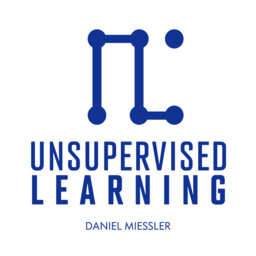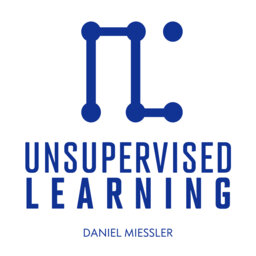Introducing Substrate—An Open-source Framework for Human Understanding, Meaning, and Progress
This episode introduces Substrate—An Open-source Framework for Human Understanding, Meaning, and Progress.
Substrate is a crowdsourced project designed to enhance understanding, communication, and action in order to move humanity forward.
Read the Article:
📃 https://danielmiessler.com/p/introducing-substrate
TOPICS:
Introduction to Substrate (00:00:00)
Components of Substrate (00:01:18)
GitHub Repository Overview (00:02:33)
Purpose of Substrate (00:04:36)
Argument Visualization Example (00:05:32)
Graphical Representation of Arguments (00:07:55)
Trust in Sources (00:09:56)
Strengthening Discussions (00:10:57)
Real-World Use Cases (00:11:54)
Describing Yourself with Substrate (00:12:55)
Learning About Others (00:14:54)
Visualizing Arguments and Claims (00:15:51)
Transparency in Evaluating Claims (00:17:59)
The Tiny Teapot Claim (00:18:54)
Substrate Plus AI (00:20:04)
Automating Science Workflows (00:21:16)
Monitoring Crime and Corruption (00:24:21)
Leadership Accountability (00:29:49)
Companies as Graphs of Algorithms (00:31:56)
Future State Optimization (00:35:47)
Understanding Security Assessment (00:36:41)
Optimizing Processes with AI (00:37:46)
The Purpose of Substrate (00:38:49)
AI's Role in Substrate (00:39:56)
Want to Be Involved? (00:39:56)
REFERENCED RESOURCES:
My 9,000-word Illustrated Essay on Where I Think AI is Heading
🔥 https://danielmiessler.com/p/ai-predictable-path-7-components-2024
The Substrate Project:
⚙️ https://github.com/human-substrate
Follow on X:
🆇 https://x.com/danielmiessler
Subscribe to the newsletter at:
✉️ https://danielmiessler.com/subscribe
Join the UL community at:
🤝🏻https://danielmiessler.com/upgrade
 Unsupervised Learning
Unsupervised Learning


